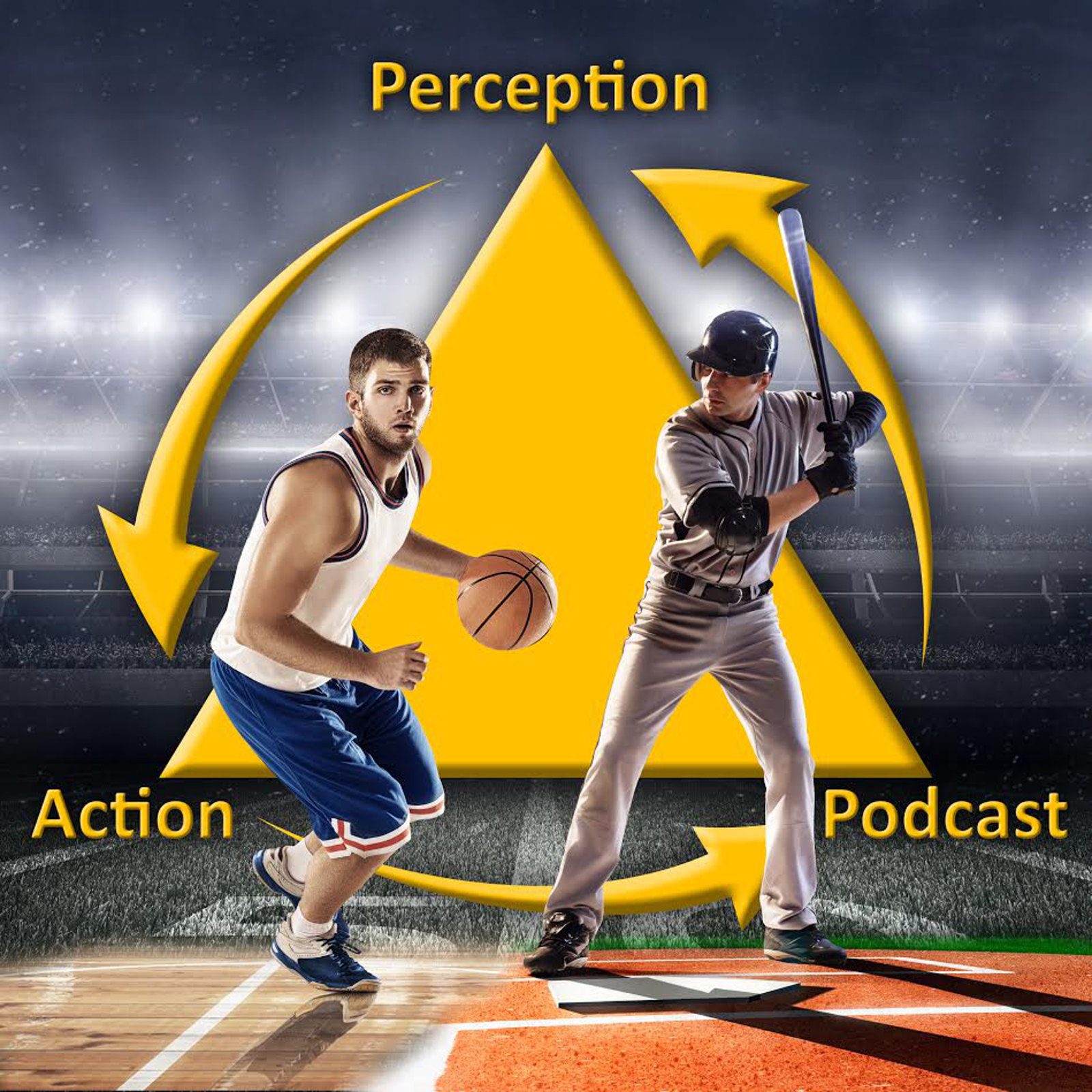20
Exploration of ways in which an athlete can develop and enhance their sports skills without actually performing them: by using imagery and observational learning. Does mentally rehearsing or imaging yourself performing an action really make you a better athlete? Can it sometimes be a bad thing to do? What is going on in our brain when we do it? How can we improve our imagery ability? Can watching someone else perform a skill make us a better athlete? Can imagery and observational learning be used together? Imagine the possibilities!
Download link
Key points
• The PETTLEP model (Holmes & Collins, 2001) for effective imagery use in sport proposes that imagery should contain the following elements:
• Physical = athletes should be actively engaged not just relaxing
• Environment = an athlete should try to include all relevant details of the particular environment in their image. These should ideally also be multisensory, include sounds, smells, and touch sensations.
• Task= the nature of the specific sports task needs to be taken into account.
• Time = the time required to imagine executing action should be as close as possible to the time required for the real action.
• Learning = the details of the image should change over time as the performer becomes more skilled and be appropriate for their current capabilities.
• Emotion = When using imagery an athlete should try to incorporate all of the emotions they feel during a game (e.g., joy, anger). If this is done well, changes in heart rate and respiration rate will be seen.
• Perspective = Generally, an internal, POV perspective is best but an external perspective can be effective for modifying technique.
• It has been proposed that executing an actions and imaging the same action are functionally equivalent. That is, mental imagery and motor action involved activity in the same areas of the brain. Evidence in support of this idea can be seen in the similarity in the timing of real and imagined action.
• There are various ways that negative imagery (i.e. imaging yourself failing) can impair performance and these can be difficult to suppress
• Observational learning involves observing one-self (via video) or a model (via video or live) executing the desired action successfully and is used for a variety of different functions including skill acquisition and refinement.
• Mirror neurons in our brain, which were first discovered (Rizzolatti, 1996) become active both when we are doing an action ourselves and when we watching someone else do it, suggesting that observing can be a form of mental rehearsal of an action
• Observation depends heavily on skill level since it depends on the athlete having the motor program for the skill being observed
Articles:
The PETTLEP Approach to Motor Imagery: A Functional Equivalence Model for Sport Psychologists
It’s All in the Mind: PETTLEP-Based Imagery and Sports Performance
“Don’t Miss!” The Debilitating Effects of Suppressive Imagery on Golf Putting Performance
Putting in the mind versus putting on the green: Expertise, performance time, and the linking of imagery and action
A neuroscientific review of imagery and observation use in sport
Action Observation and Acquired Motor Skills: An fMRI Study with Expert Dancers
Visualizing Trumps Vision in Training Attention
A direct comparison of the effects of imagery and action observation on hitting performance
More information:
My Research Gate Page (pdfs of my articles)
My ASU Web page
Podcast Facebook page (videos, pics, etc)
Twitter: @Shakeywaits
Email: robgray@asu.edu
Credits:
The Flamin’ Groovies – Shake Some Action
Bleeding Rainbows – Images
Electric Jellyfish – Image of Power, Poolside
Cortland Goffena – Oh, the Irony
Silence is Sexy – You are a Mirror
The Jay Vons – Keep on Moving
via freemusicarchive.org and jamendo.com
